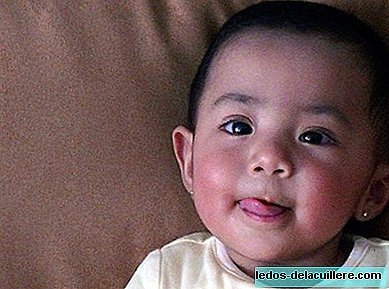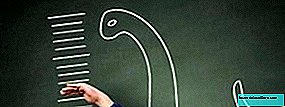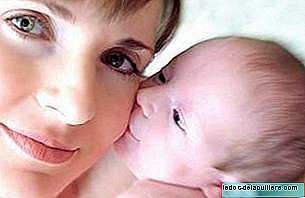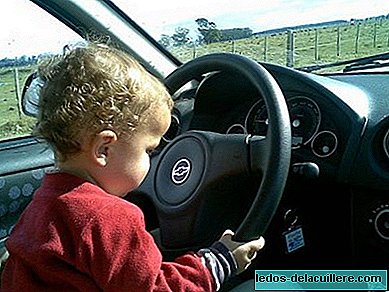
We have already seen several aspects of the dyslalia: What is it and what types are there? Today is the turn of the types of errors that children who have a functional dyslalia can commit.
Recall that functional dyslalia was characterized by difficulties for the correct articulation of one or several phonemes, without any physical defect or alteration of the speech organs (tongue, palate, lips ...) that causes it.
The child expresses the difficulty to articulate correctly through different types of errors. Sometimes, there are so many alterations that it is almost impossible to understand what he wants to tell us. Other times, your defective articulation does not prevent you from understanding the content of your message, but it must also be treated.
Some children only make one type of error, but in other cases there are several associated errors, since different problems arise that react differently.
Substitution Errors
A substitution It is an articulation error where one sound is replaced by another. The child is unable to pronounce a specific joint and instead makes another sound that is easier for him.
The substitution can occur at the beginning, in the middle or at the end of the word emitted, there are substitution patterns between sounds by proximity when pronouncing them and ease. For example, the sound / r / is frequently replaced by / d / ("mud" instead of "parrot") since the position of the tongue when making sounds is very similar.
Another type of substitutions are those produced taking into account the characteristics of each phoneme: whether or not there is vibration of the vocal cords when they occur ("scarf" to say "scarf"), depending on the way the air comes out when the sound is emitted ( "kabón" for "soap"), etc.
This error can also occur due to the difficulty of perception or when discriminating auditory. In this case, the child perceives the sound as he makes it (not correctly). This occurs, for example, with the sound / z / and the sound / s / ("hunt" for "house"). We must not forget that this substitution may not be an error as such, but a type of dialect of a specific territory.
The substitution is the higher frequency error and it offers a greater difficulty for its correction, since once the joint is overcome, when the child is able to correctly emit the absent phoneme, he has to integrate it into his spontaneous language.
This is where the child will find greater difficulty, since he had fixed each word with the defective joint. What is usually done is to teach him new words with that sound, in which it will be easier to automate it, to later move on to generalization.
Omission errors
You can also give the child a omission of the phoneme that cannot pronounce, without replacing it with any other, making the omission anywhere in the word.
You can omit only the consonant that you cannot pronounce ("illa" for "chair"), but you can also omit the entire syllable with that problematic consonant ("tana" for "window"). If the syllable is double (two consonants in a row) and there are problems for the consonant that is in the middle, the most general is to omit it ("paza" instead of "plaza").
Insertion errors
Other times, what the child does is a insertion, that is to say, it intercalates next to the sound that gives it problems another sound that does not correspond to that word and, although with this it does not save the difficulty, it becomes a vice when speaking (for example, it says “sponge” instead of “sponge ").
Distortion errors
The child performs a distortion when the sound is given incorrectly or deformed, although it is not replaced by another phoneme in particular, but is approximately approximated to the correct one, but without becoming so. Frequently it is due to an imperfect position of the articulatory organs, the way in which the air comes out, the vibration or not of the vocal cords ...
The two errors that occur most frequently in functional dyslalias are substitution and distortion, the insertion being the least frequent.
And after this explanation about the types of errors that we can find in a dyslalia, we will talk about the therapeutic possibilities, which can be of two types: indirect (directed to the functions involved in the expression) or direct (directed to the articulation and generalization)












